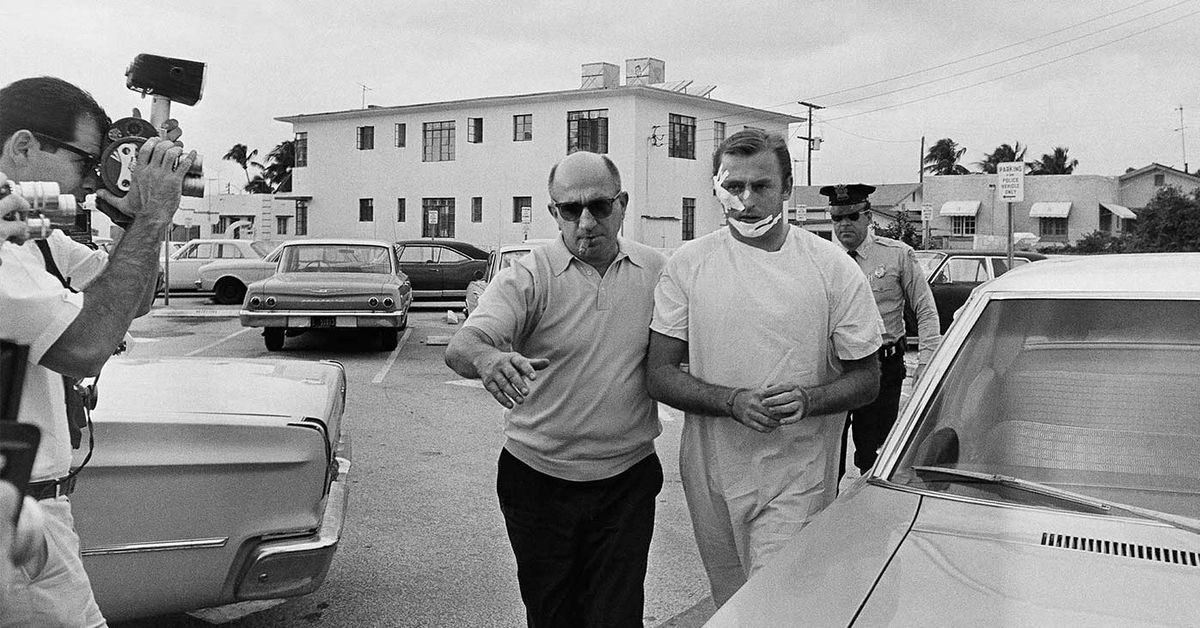Millions of dollars’ worth of precious stones were stolen from a New York museum in what became known as the “jewel heist of the century” on October 29, 1964.
But despite the incredible value of the gems stolen, the heist was notable for both how easily it was pulled off, and how quickly the thieves were caught.
On display at the American Museum of Natural History were a series of impressive gems.
 The windows on the fourth floor of the museum were left open at night. (AP)
The windows on the fourth floor of the museum were left open at night. (AP)
That included a 563-carat sapphire the size of a golf ball, known as the Star of India.
And among the museum visitors was champion surfer Jack Murphy, better known as Murph the Surf.
Murphy was struck by the jewels, but also by the extraordinarily lax security at the museum.
Not only was the burglar alarm not functional, but the museum would leave its windows ajar at night to allow air to flow.
For Murphy, Alan Kuhn and Roger Clark, the heist was simply a case of climbing in at night and walking out with the equivalent today of $6 million in jewels.
It may have seemed like a mastermind heist, but they were caught mere days later.
 Murph the Surf was arrested in Miami days after the robbery. (AP)
Murph the Surf was arrested in Miami days after the robbery. (AP)
After a lavish party thrown at a New York hotel, housekeepers found a map of the museum, a brochure of the exhibit and sneakers with broken glass embedded in the soles.
A prosecutor offered leniency if the jewels were recovered, and Kuhn gave away the location of many of them.
Many were being kept in a locker at a Miami bus station.
A priceless ruby was held for ransom by an accomplice for $US25,000 (nearly $400,000 in today’s money).
When the ransom was paid, it was left in a Miami phone booth to be found.
 The thieves made a deal for leniency if the stones were recovered. (Public Domain)
The thieves made a deal for leniency if the stones were recovered. (Public Domain)
But one massive diamond was never recovered.
It is believed it was broken down into smaller stones.
All three served a few years in prison.
Murphy would then go on to murder two women on a speedboat off the Florida coast.
He served another 17 years in jail before becoming an evangelist, specifically ministering to prisoners.

